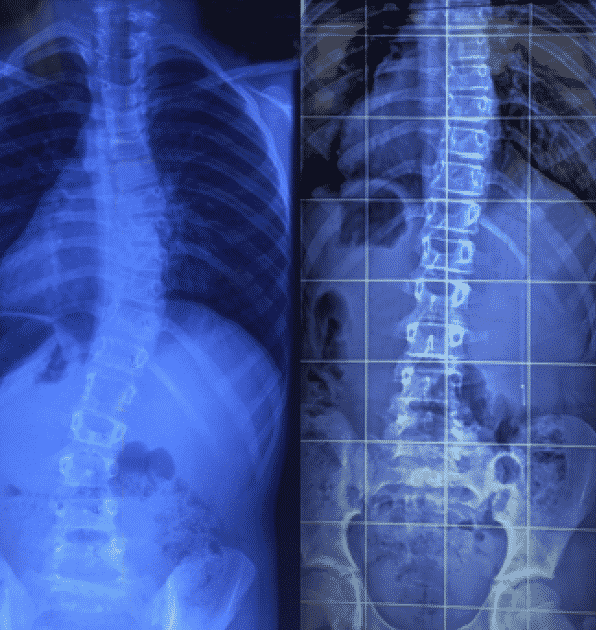About Juvenile Scoliosis Bracing
Scoliosis bracing is a treatment approach which may be used for young patients with juvenile scoliosis.
Juvenile scoliosis, a form of idiopathic scoliosis, is seen in children between the ages of 4 and 10. This condition is particularly prevalent in girls, especially as they approach the latter part of this age range. It is seen more frequently than Infantile Idiopathic Scoliosis, but it is less common than Adolescent Idiopathic Scoliosis.
Children with juvenile scoliosis generally have a high risk of progression of their curve. Research* has shown that a large number children with this condition will worsen and require active treatment, with juvenile curves almost never resolving spontaneously.
With this in mind, early detection and treatment are crucial, as the condition can progress significantly with growth. The goal of early intervention, with bracing, aims to control the progression of the curve/s, over periods of rapid growth, aiming to halt progression and where possible correct the curve, potentially reducing the need for surgery.
If you’ve noticed a change in a loved one, and have questions about the chance of progression or if bracing is a suitable treatment option, contact us for an assessment.
*Charles YP, Saures J-P, de Rosa V, and Diméglio A. Progression risk of idiopathic juvenile scoliosis during pubertal growth. Spine 2006. Aug 1;31(17):1933-42. doi: 10.1097/01.brs.0000229230.68870.97.


